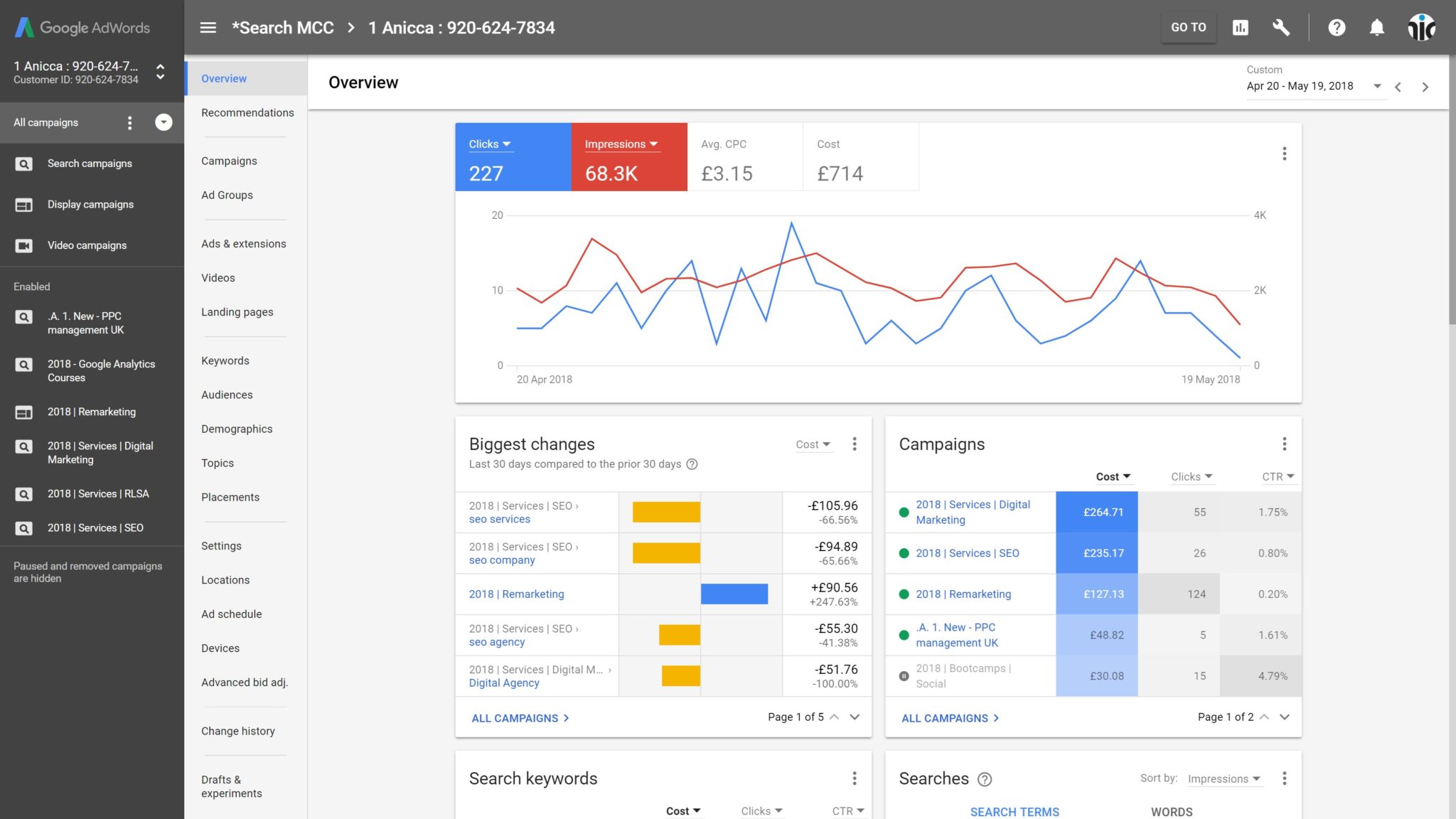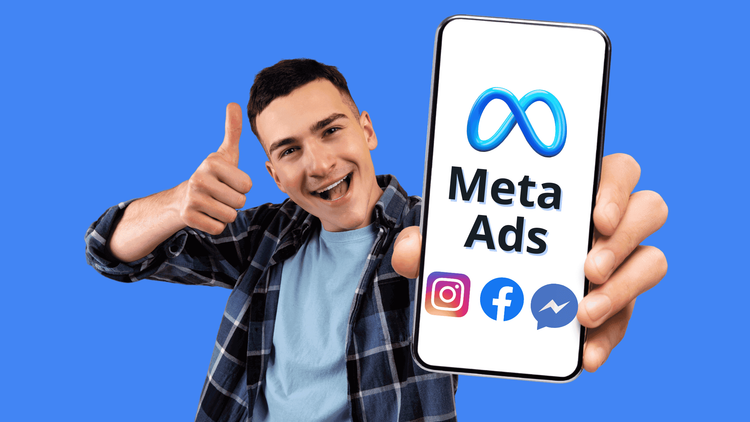
Online advertising describes a general range of activities in marketing, all pointing to the promotion of products and services over the Internet. This includes email marketing, search engine marketing-commonly known as SEM-social media ads, and display ads.
Advertising online is a form of reaching an audience and engaging them through various digital channels, such as websites, social media, or mobile applications. Unlike traditional advertising, online advertising allows a business to reach the target demographics and interests of users more precisely.
Online ads have altered significantly due to the increasing prevalence of programmatic advertising. It automates the ad buying and selling process for a wide variety of websites and platforms. This indeed greatly helps businesses reach their ads with the right people at the right time with much efficiency and higher precision.
Types of Online Advertising
There are several types of online advertising, and each type has its benefits and unique targeting options. The ability to comprehend these types will help you find which approach works best for your business. Following are the key types of online ads:
Search Ads
Search ads, also known as paid search or pay-per-click ads, are the ones that appear at the top of search engine results pages. Displays are triggered through user searches, therefore businesses can target keywords to relate to their product or service. One of the key platforms used for search advertising is Google Ads. Businesses bid on keywords related to their offerings, and when users search for those terms, their ads appear.
For example, search ads work very effectively since they serve users who are already in active pursuit of solutions; they are therefore very close to converting. For instance, when a user makes a search using the phrase “best running shoes,” that user most likely intends to make a purchase. Search ads can help you reach that user at just the right moment.
Other key features of search ads are the flexibility around them: businesses are allowed to set daily budgets and adjust spending based on performance. This makes search advertising a great option for businesses of all sizes, from startups to large corporations.
Display Ads
Display ads are those that showcase visual banners or images across websites and apps. Unlike search ads, which are purely text-driven, the method of display ads relies more on creative elements to visually capture attention. Most often, these will appear as banners, videos, or pop-ups-everything from news sites to blogs and apps.
Google’s Display Network comes at the top of the list regarding display advertising, wherein millions of websites are targeted by the business to reach out to users. This tends to be quite effective for creating brand awareness, particularly for those businesses that want to reach a larger audience.
Display ads can be tailored in line with your brand’s style, including image-based ads, animated ads, and video ads. It means that one of the major advantages is the ability to reach people through their actions taken online. For instance, if a user was on a website recently showing vacation rentals, then he can start getting display ads about travel deals when on other sites. This form of targeting is called remarketing and is considered one of the efficient ways to bring people back to your website.
Social Media Ads
Social media advertising is one of the most developing branches of online advertising. Such platforms as Facebook, Instagram, Twitter, LinkedIn, and TikTok provide an opportunity for firms to build highly targeted advertisements based on user data. With more than 4 billion active users on social media across the world, these platforms really do offer a great avenue of exposure to a very huge and diverse audience.
Among the most popular ads among businesses, whether big or small, are Facebook and Instagram ads, which are controlled through Meta Ads Manager. With the help of the Meta advertising platform, businesses are able to run everything from photo and video ads to carousel ads and stories. The biggest advantage with Meta ads is the targeting options you have, including age, location, interests, and even behaviors like past purchasing activity.
In particular, LinkedIn enables one to carry out very powerful B2B marketing, where one can actually segment professionals based on job title, industry, and company size. Twitter and TikTok have peculiarities in their advertising, too, which are more relevant for enterprises that target younger demographics.
Social media ads are not only good for direct sales, but they are also very effective at community building and engaging your brand by encouraging likes, shares, and comments. This can help extend the reach of your brand and build a more personal rapport with your audience.
Native Ads
Native ads are online advertisements designed to look like the content that surrounds them. Instead of interruptive, typical ads aim to capture attention; native ads, on the other hand, take the look, feel, and style of the platform where they appear. This makes them less intrusive and much more endearing to users. Some normal spots for native ads include news websites, blogs, and social media feeds. The format could vary from promoted articles to in-feed ads or content recommendations.
One of the main advantages of native ads is that they don’t break the user experience. Instead of flowing as obvious ads, they flow as part of the natural content flow, therefore more likely to be viewed and engaged with.
It works in the case of native ads where the brands aim to provide some value with the content. For example, on a fitness website, a sponsored article might just give the user some really helpful tips while very subtly selling a certain health product. In that case, it will be more genuine and it will tend to build trust among the audiences.
Conclusion
Online advertisement has become an important tool for every online-based business organization in recent times. With different ad formats, such as search, display, social media, and native, a brand can choose what applies better to its needs and audience. More specifically, Google Ads and Meta Ads provide the most relevant targeting ways and platforms to reach your potential customers.
Each one of these advertisement format types has its own merits; for example, search ads can drive conversions, while display and social media ads create brand awareness. Understanding these alternatives helps organizations create an integrated online marketing strategy that will increase their visibility, raise the level of audience interaction, and improve sales.


